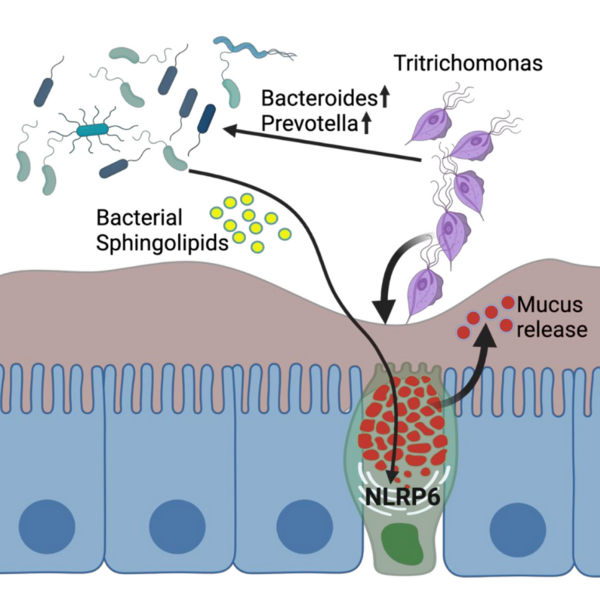Main Second Level Navigation
Mar 12, 2025
Scientists discover a new connection between gut microbiome and inflammation through ‘happy accident’
Programs: Graduate, Research: Cancer, Research: Metabolism & nutrition, Impactful research, Disruptive Innovation, Dynamic Collaboration

Dr. Nathanial Winsor (left) and Dr. Stephen Girardin (right) in the U of T Germ-Free Facility




